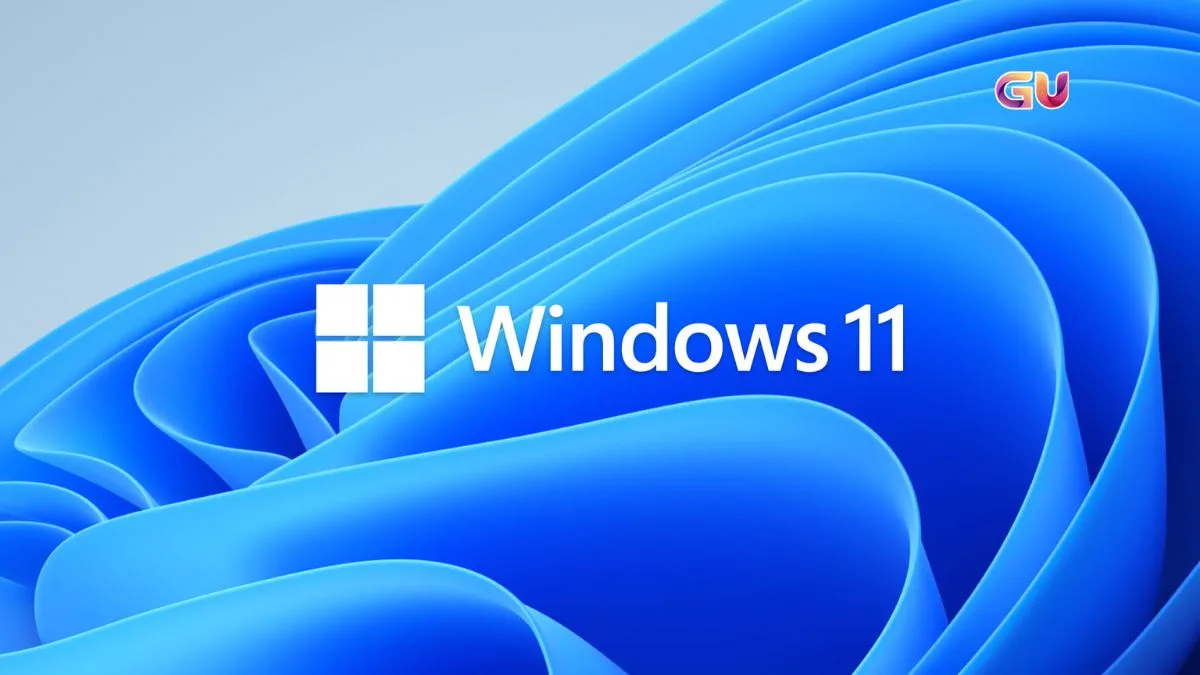Windows 11 Update— Microsoft is rolling out a major update to Windows 11 that brings long-awaited HDR enhancements, AI-powered tools, and an exciting cross-device resume feature, as part of the upcoming 24H2 update. While currently available as an optional May preview, the full rollout is expected to begin on June 10, 2025, for all users.
These improvements mark a significant step forward in user experience—especially for creators, gamers, and Copilot+ PC owners who rely on HDR displays or AI-assisted workflows.
Windows 11 HDR Update
One of the standout features of the KB5058499 update is its smarter handling of HDR content. Windows 11 now allows users to stream HDR video even when system-wide HDR is turned off—ideal for users who disable HDR due to compatibility issues or color calibration concerns.
Whether you’re watching Netflix or YouTube in your browser, the update enables HDR playback without forcing you to enable HDR across your entire desktop environment.
Additionally, users can now toggle Dolby Vision separately, which was previously always enabled if your display supported it. This adds a new layer of control, especially for users who work with different types of media or game content.
Why This HDR Change Matters
Until now, HDR on Windows has been an all-or-nothing setting, causing problems for users who switch between standard and high dynamic range content.
Creators who use screen recording tools or screenshot software often find HDR outputs overly saturated or washed out. With this update, you can keep HDR off for general use while still enjoying vibrant visuals when streaming or gaming.
For gamers using OLED monitors, the upgrade also makes it easier to manage Auto HDR, which remains great in theory but has required too much manual tweaking. Microsoft’s approach now strikes a better balance between performance and practicality.
AI Features Come to Copilot+ PCs with Windows 11 24H2
Users with Copilot+ PCs will notice a new layer of AI intelligence baked into the OS. Microsoft is introducing “Click to Do”, a feature that delivers context-aware actions such as summarizing text, rewriting content, or generating lists. These tasks are processed locally on the device, keeping your data private and interactions faster.
In addition, AI-powered search is coming to the Windows Settings app. This tool will help users find system options more quickly using natural language queries, part of Microsoft’s broader AI push.
Windows 11 Cross-Device Resume Enhances OneDrive Productivity
Another noteworthy feature is Cross-Device Resume, which lets users seamlessly pick up where they left off on OneDrive files—whether they were last opened on a phone or tablet. If a file was accessed on mobile in the last five minutes, Windows 11 will send a notification prompt, making the transition to desktop work nearly frictionless.
Microsoft says this is just the beginning. More apps like Spotify, WhatsApp, and others could support this functionality in future updates, pointing to a more unified ecosystem for both personal and professional use.
New File Explorer Sharing Tray and Rollout Info
Other small but useful UI enhancements include a suggested sharing tray in File Explorer. When dragging a file out of a folder, Windows will now show a list of recommended apps for sharing or editing, speeding up multitasking.
The full Windows 11 24H2 update will begin rolling out in waves starting June 10, 2025. Microsoft says some features may appear gradually, depending on your device type and update settings. Users can opt in early by enabling “Get the latest updates as soon as they’re available” in Windows Update.
Whether you’re a casual user, power user, or creative professional, Windows 11 is finally becoming more intelligent and display-friendly. The addition of flexible HDR controls, AI assistance, and cross-device tools hints at Microsoft’s long-term vision of a seamless, device-aware computing experience.
With AI deeply integrated into productivity workflows and HDR now more accessible than ever, this summer’s update positions Windows 11 as a more modern and user-responsive platform—just in time for a wave of new Copilot+ PCs hitting the market.
